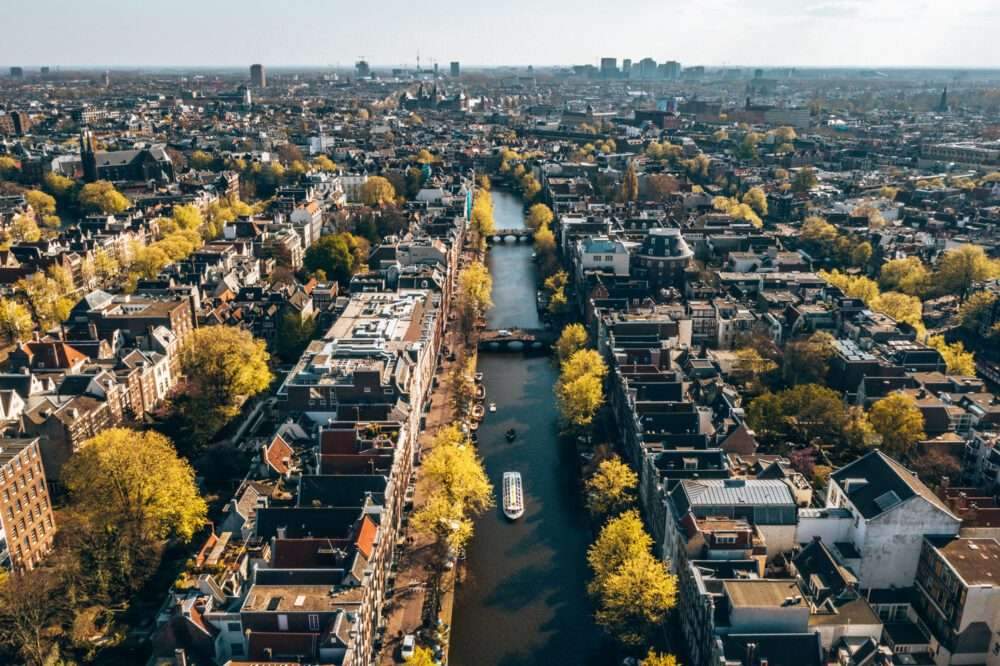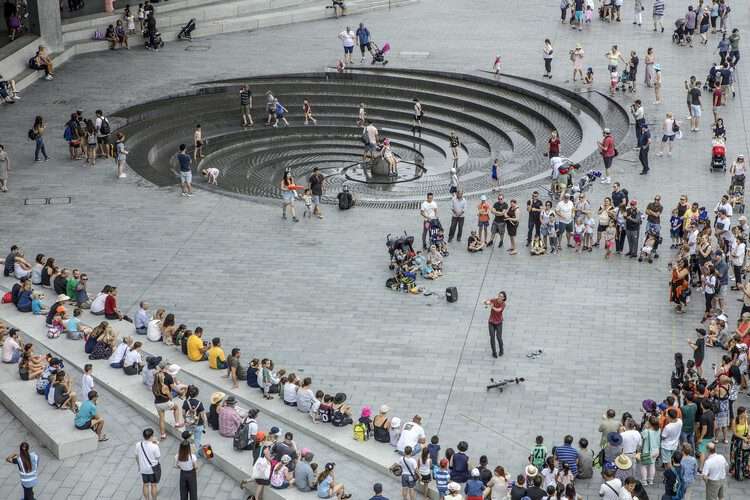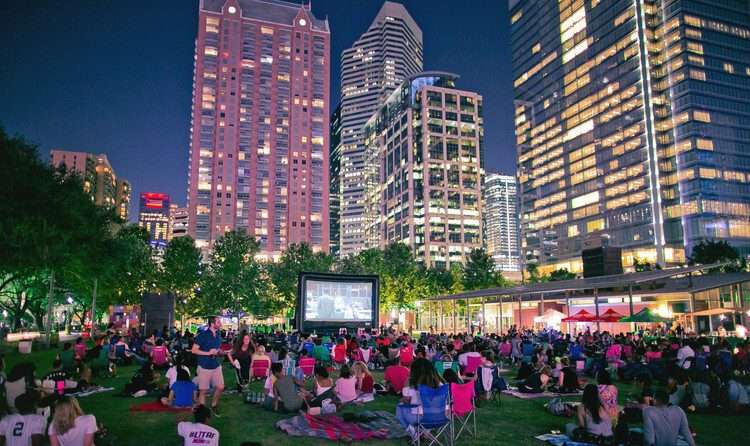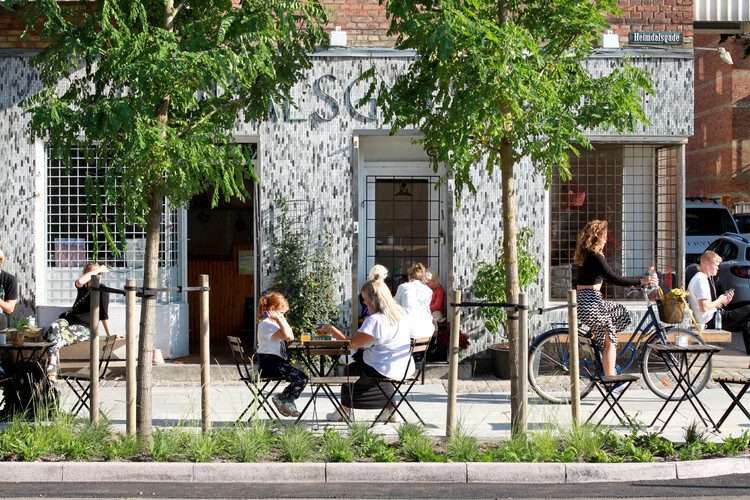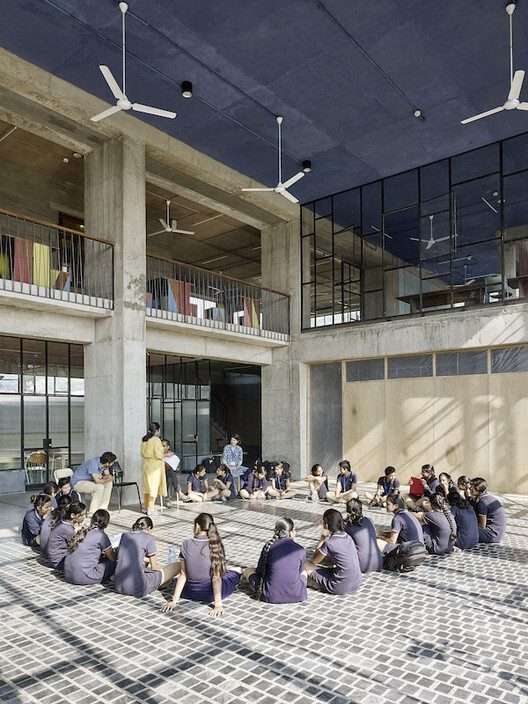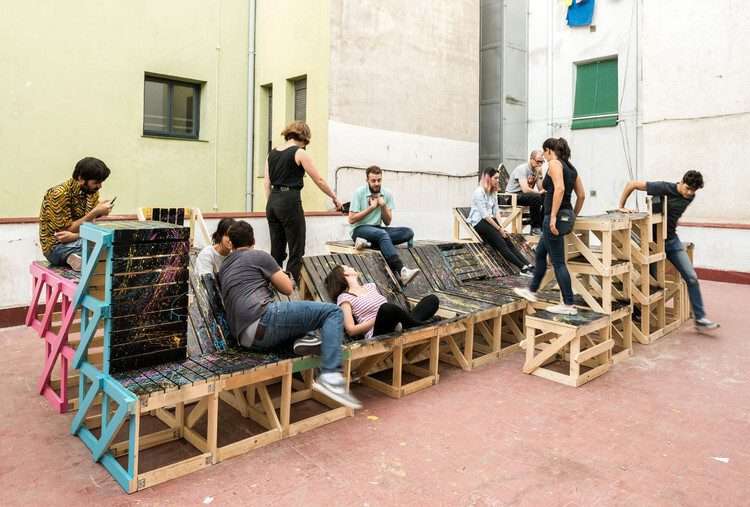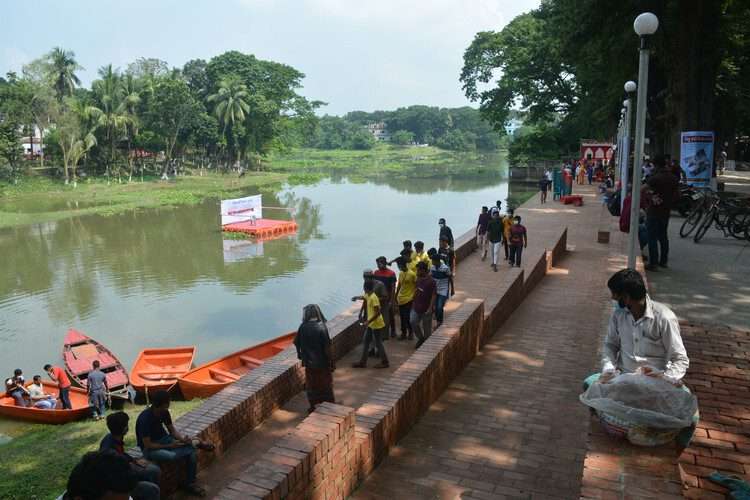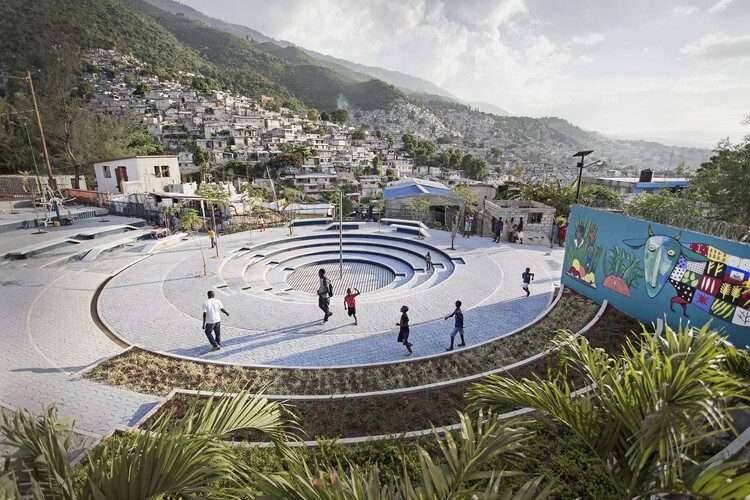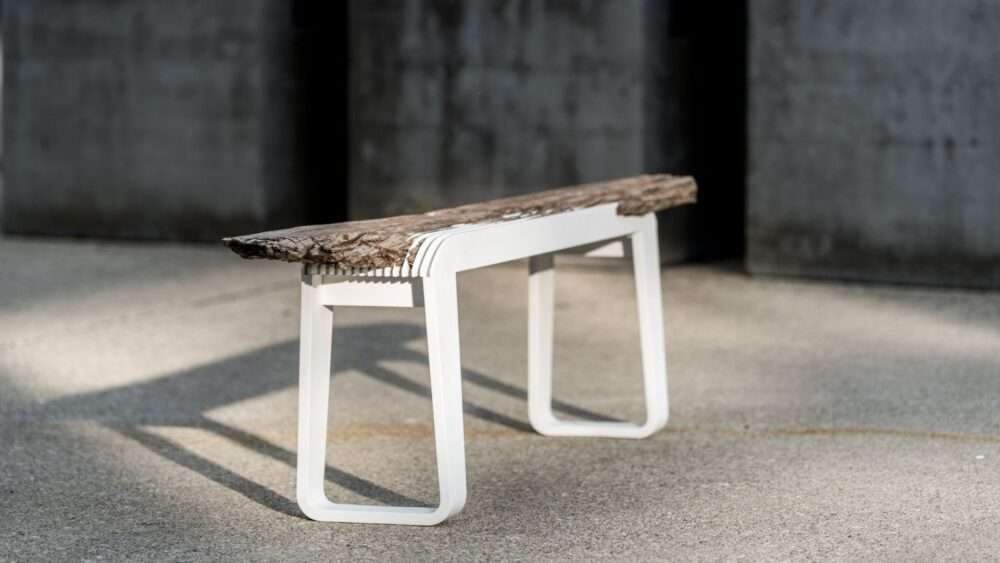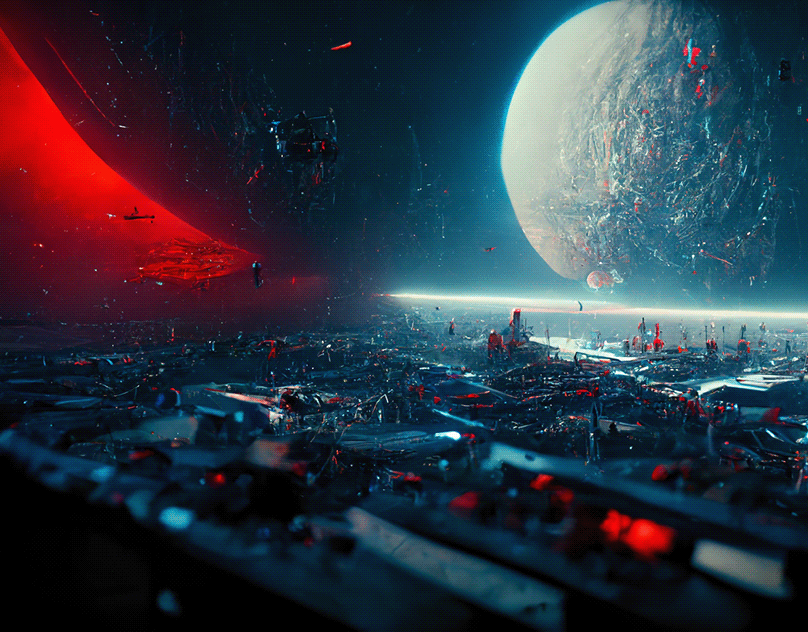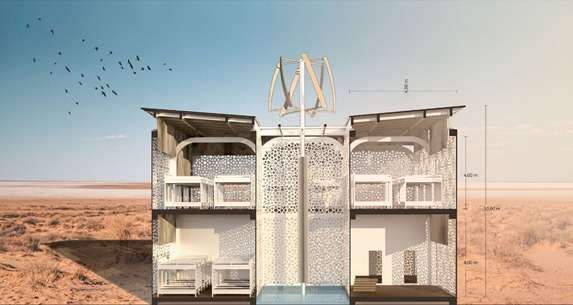Joint creativity in architecture and urban planning,
In recent years, the term “co-creation”, a business and management buzzword,
has made its way into the discourse of architecture and urban planning.
The term is used to define a large concept that describes intentionally working with others to create something in common.
But architecture is really the result of collaboration between many actors,
architects, clients, investors, developers and local administration, to name a few.
Joint creativity in architecture and urban planning
Can the term still apply to this field, can it introduce new forms of knowledge,
and is it different from the concept of participatory design?
The term seems to have originated in the business sector,
with some mentions in the early 1990s and its popularization in the 2000s.
With article by CK Prahalad and Venkatram Ramaswamy in Harvard Business Review.
The article describes a paradigm shift as globalization and technological developments challenge the traditional role of the expert.
The new market is beginning to realize that consumers are becoming a new source of efficiency.
It is a source that can be used to increase the value of the product.
A similar shift is now happening in the design world.
From the beginning of modernity, and perhaps even earlier,
the image of the architect has been bewildering as a strong-willed, free-thinking, and uncompromising figure.
In stories such as Ayn Rand’s The Fountain,
this heroic romantic figure is caught in a struggle between his own creative vision and external collective opposition.
An image reminiscent of modernist architects like Mies van der Rohe or Le Corbusier that seeped into the star architect’s contemporary renditions.”
The image of the collective design process stands in stark contrast to this.
As architectural problems become more complex,
so does the need to find new ways to communicate and collaborate efficiently.
Involving not only model actors but also end users in the design process,
It promises to deliver multiple benefits by deepening understanding of the larger context,
empowering communities, and creating long-term change.
Citywide popular network
Jinida is a city in southwestern Bangladesh built along the Nobugonga River.
Despite being an important resource for the city, over the years the river has become neglected, polluted and dangerous.
A local organization has embarked on its own initiative to change this and return the river to the residents.
The resulting project was developed through an intense dialogue between the architects of the construction company,
the architects, the local municipality and the local community.
Small accessible interventions along the river frontage have transformed it into an accessible,
open and vibrant public space.
One of the keys to this success is the design process behind it.
The architects worked closely with the population, especially vulnerable groups such as women,
children, the elderly and the disabled.
By implementing their inputs, such as installing changing cabins or secure paving,
the architects ensured that the solutions provided an answer to their specific needs.
Architects also speak of the act of co-creation not only with humans but also with the surrounding natural context.
According to them, the process of adapting to the environment occurs naturally in societies.
Thus, the role of the architect is to facilitate communication and bridge the gap between communities,
authorities and professionals.
Although the project is ongoing, the impacts on the quality of urban spaces are evident and are being felt by the local communities and the city in general.
And people bring a deeper understanding of their environment while also changing their view of it.
Once they can make a difference in their spaces, they feel more connected to them.
This also has a ripple effect, as once local organizations see that change is possible,
It generates more and more initiatives, further developing well-tailored and site-specific solutions.
Is co-creation reserved for public projects?
Most user-centered design initiatives focus on public spaces and larger communities.
Which makes it easy to dismiss the idea when it comes to small or privately owned businesses.
The communication here with the customer is often clearer.
But the client and the user are not always the same entity.
Taking into account all those affected by the project and involving them in the process ensures that projects are better suited to realistic needs, and thus more profitable for the client or developer.
The housing development in Amsterdam proves the opposite,
demonstrating the advantages of involving future residents in the process and giving them the freedom to define their needs, whether in terms of individual homes or collective spaces.
And in the EnBloc project by Koehler Architects, Marc developed a way to work with the residents of the future in a coherent and productive way.
It uses the style of Tetris game, in which a system of units is created with an area of 30 or 50 square metres.
The units can be connected both vertically and horizontally,
allowing residents to change the size of their homes according to their needs and budgets.
The units were also empty, so the residents worked with architects to create custom solutions and create the rooms and spaces they needed.
The project feels cohesive because the framework developed by the architects,
Yet it enables residents, who have been involved from the start, to create the spaces and communities they desire.
Co-creation Beyond Collaborative Design
Both terms, co-creation and collaborative design, refer to
to aspects of human or user-centered design,
an attitude based on the belief that everyone can participate meaningfully in the act of design.
Collaborative design is often centered around the factor of engagement,
with the goal of creating a design centered around its users’ participation.
While there have been some successful renditions of this concept,
It often takes the form of symbolic participation, which simulates participation but avoids real change.
Participatory design is also interpreted as consulting the community at one point in the process.
Capture the suggested ideas, and move the process forward.
On the other hand, co-design refers to collective creativity applied throughout the entire design process.
The concept understands users and other parties as sources of competence,
drawing on their knowledge of their own needs.
The concept is also in line with Jeremy Tell’s idea of the expert citizen,
in which residents are seen as experts on their environment and their needs.
The result is a design process based on collaboration between experts in different fields.
Therefore, users become part of gathering knowledge, generating ideas, and developing concepts.
The architect or designer also retains design responsibility,
acts as a mediator between experts and creates the structure for the collaborative process.
For more architectural news

